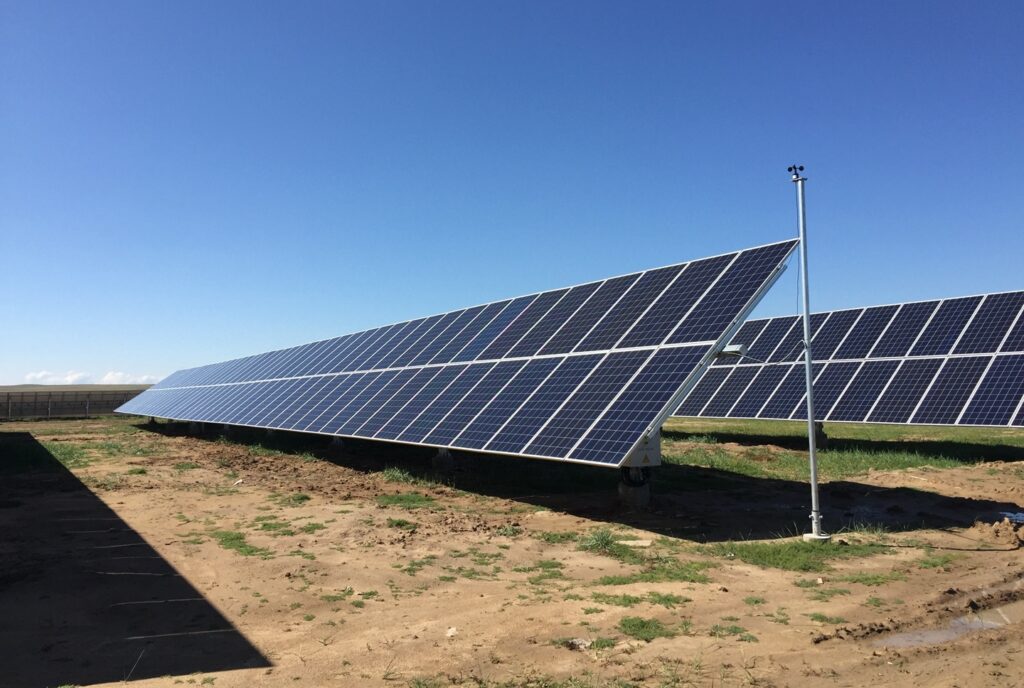the United States has long been under pressure to import solar modules from overseas, and because of such shortages, decarbonization and threatened climate targets, the country is now turning to promoting domestic manufacturing to power the energy transition.
U.S. Department of Energy (DoE) said: “Significant expansion of the United Statesphotovoltaic manufacturingindustry can alleviate the challenges of global supply chains and bring huge benefits to the climate and American workers, employers and the economy.” It concluded in a study that capacity in the United States could reach 10 gigawatts in two years, 15 gigawatts in three years, 25 gigawatts in five years, and is expected to reach an annual output of 50 gigawatts.
According to foreign media reports, recently, the Solar Energy Industry Association (SEIA) released a roadmap to realize the domestic supply chain in the United States, “Promoting the U.S. Solar Energy Manufacturing Industry”. The report explores how the U.S. has transformed from the current state of limited production to a mature domestic energy supply chain that powers the economy.
At present, the United States has the ability to produce metallurgical grade silicon, polysilicon, steel, aluminum, resin, shelves and supports. However, there are significant gaps in the supply chain. SEIA stated that the United States currently does not have domestic solar silicon ingots, wafers or battery manufacturing capabilities, and the ability to produce solar modules, inverters and trackers is limited. Therefore, these segments must target 50 GW.
SEIA report said that by correctly applying the new Inflation Reduction Act incentives, the United States should be expected to achieve even more than 50 gigawatts in all links of the solar supply chain.
SEIA said that domestic manufacturers should first focus on establishing downstream production and backfilling components with imports, while establishing upstream domestic production. Although it will take two to three years to expand domestic component production capacity, it will take another three to five years to form a large number of ingots, silicon wafers and battery manufacturing capabilities in the country.
American manufacturers must create demand products by selling at competitive prices and providing quality products. The report said that this cost competitiveness may only be realized on a large scale, which requires a lot of upfront investment.
following the Inflation Reduction Act, a new round of financing for large-scale manufacturing facilities may begin in 202. The first batch of new plants supported by these policies will be put into operation in 2025, or as early as 2024, for trackers, shelves and active investment in inverter and component manufacturing.
successful expansion will require a strong American workforce. It will depend on cooperation between companies, government agencies and higher education institutions to advance solar-specific technical training and college-to-career programs, the report said. Diversity, equity, inclusion and equity should be at the heart of the energy transition workforce strategy.

